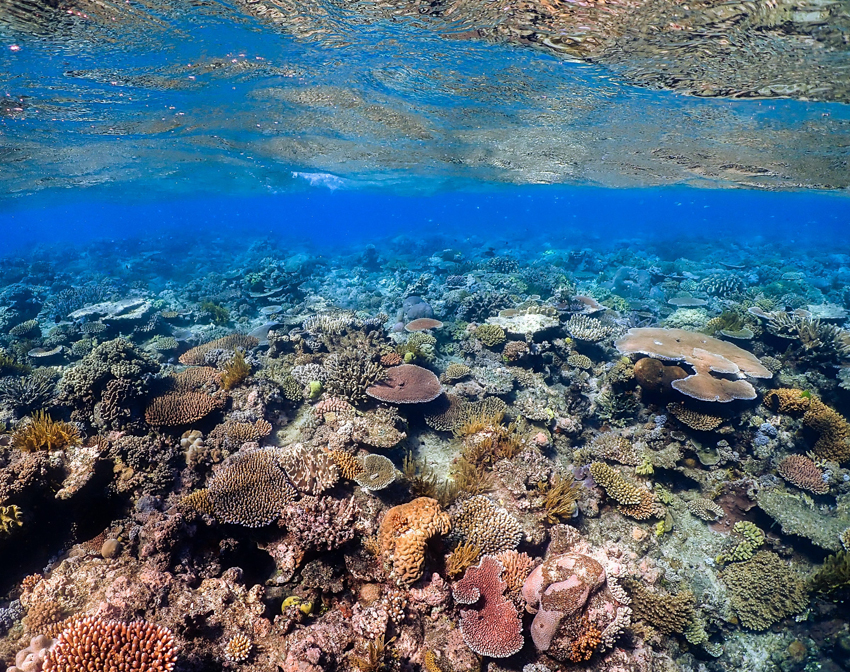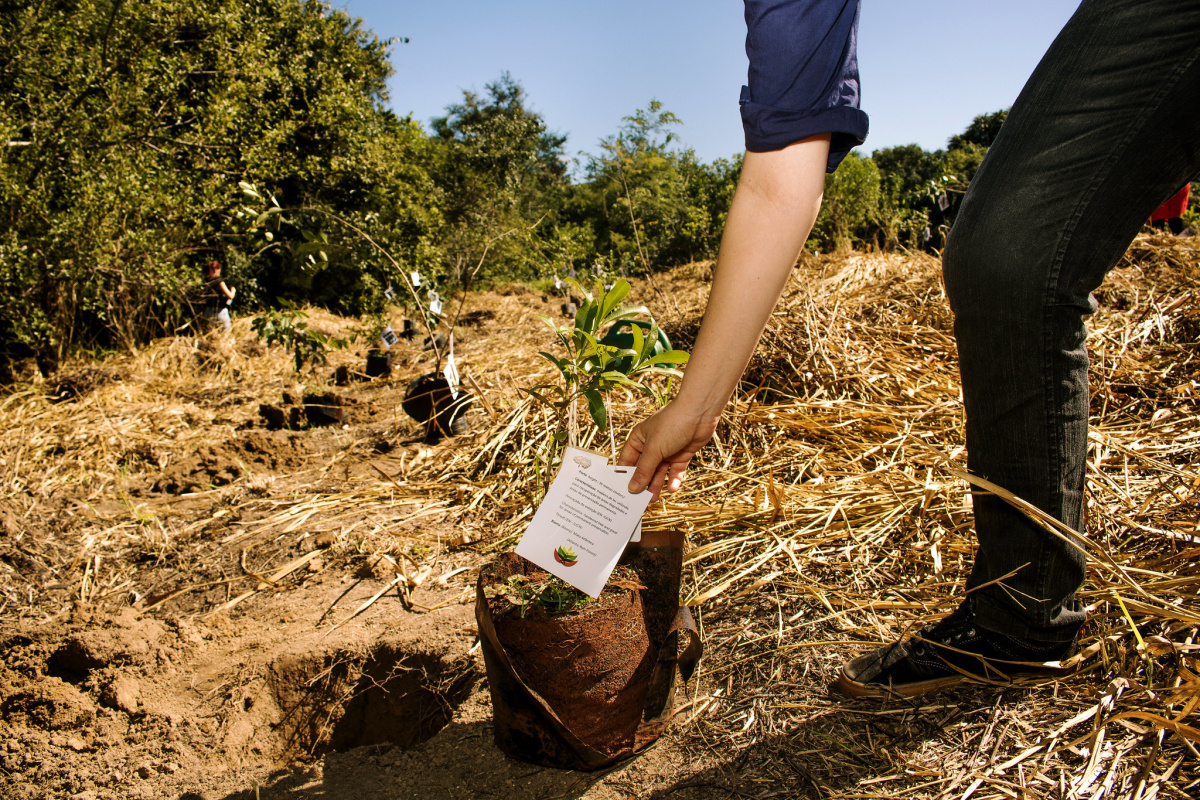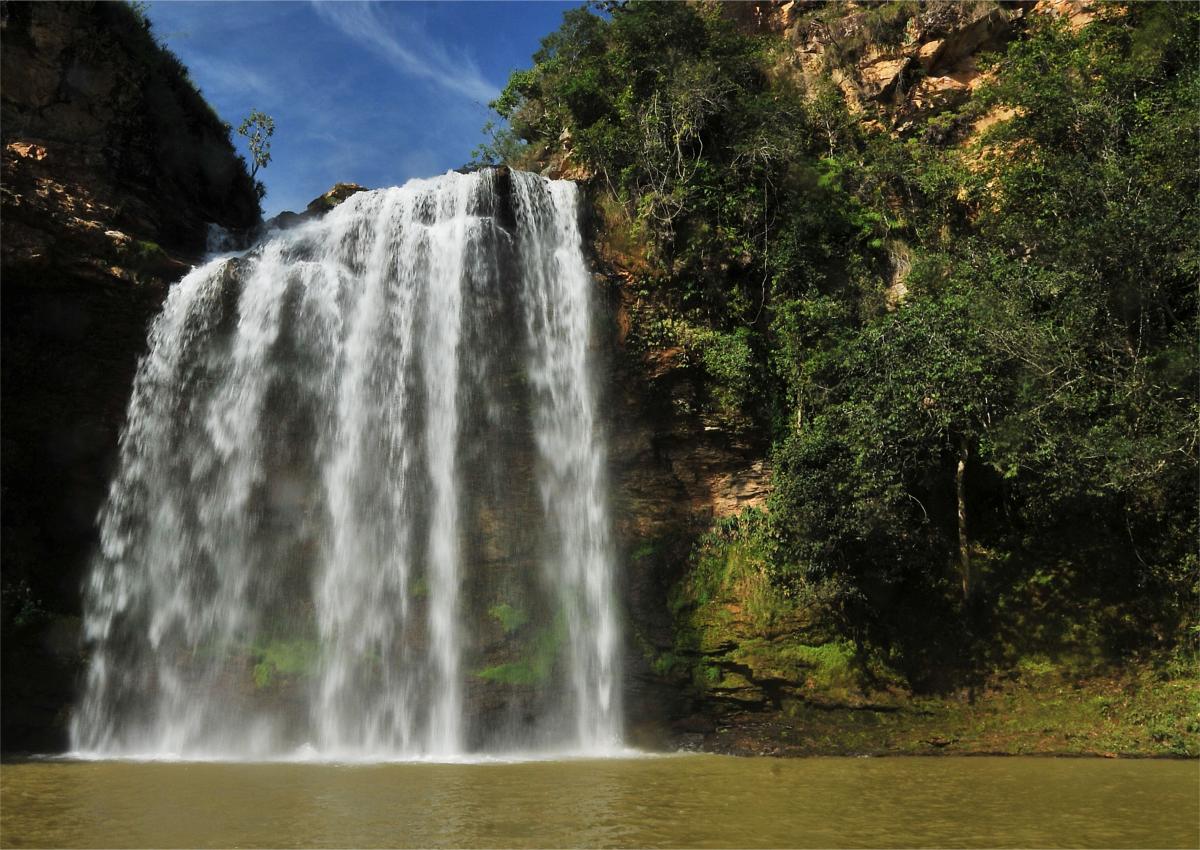Combined effort amplifies restoration in Brazil’s Atlantic Forest
In a new article published in World Development Perspectives, “Governance innovations from a multi-stakeholder coalition to implement large-scale Forest Restoration in Brazil,” the authors explore how bringing together the efforts of 270 groups made a stronger impact on forest landscape restoration.

Photo: Atlantic Forest Restoration Pact
Brazil’s Atlantic Forest biome is a global biodiversity hotspot and an important provider of ecosystem services for over half of the country’s population. With human pressures on these ecosystems mounting over the decades, much of the forest has been lost. This did not go unnoticed by those living in and around these forests as thousands recognised their value and sought to restore landscapes to increase the benefits derived from them. From government entities to private businesses and NGOs, many stakeholders made their own plans, protocols, methods, agendas and ideas for how to proceed with forest landscape restoration.
However, researchers found that after over 20 years of multi-stakeholder investment in restoration, the Atlantic Forest was still in decline. Despite the good intentions of many diverse stakeholders, economies of scale were not being realised. A disaggregated approach to forest landscape restoration led to inefficiencies which, in the end, did not lead to effective restoration across landscapes. The solution was to bring everyone together with the creation of the synergetic Atlantic Forest Restoration Pact.
“The Atlantic Forest Restoration Pact is a multi-stakeholder coalition established in 2009 with the aim to restore 1 million hectares by 2020 (Bonn Challenge pledge) and 15 million hectares of the Atlantic Forest by 2050, which will double native forest cover.”
Now, in the Atlantic Forest biome, the joint effort of more than 270 members from the private sector, governments, NGOs and research organisations has changed how large-scale forest landscape restoration is practiced in the region. The Pact benefits restoration efforts by:
(1) sharing knowledge among members;
(2) taking a joint approach to large-scale issues like technical skills and legislation;
(3) sharing a common vision and capacity; and
(4) establishing expert working groups.
The Pact is making strides in Atlantic Forest biome and the goal of restoring 15 million hectares is looking more achievable than ever. The development of a new web-based database and monitoring system will allow continuous progress towards this ambitious goal and also allow project implementers to optimise the benefits from restoration. IUCN has been providing financial and technical support to the Pact over the last three years.



